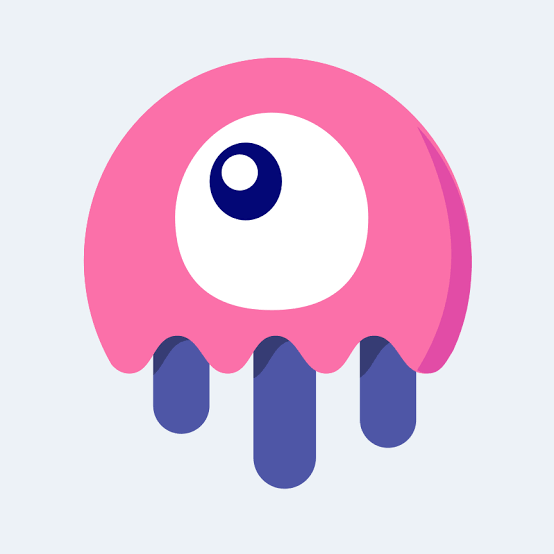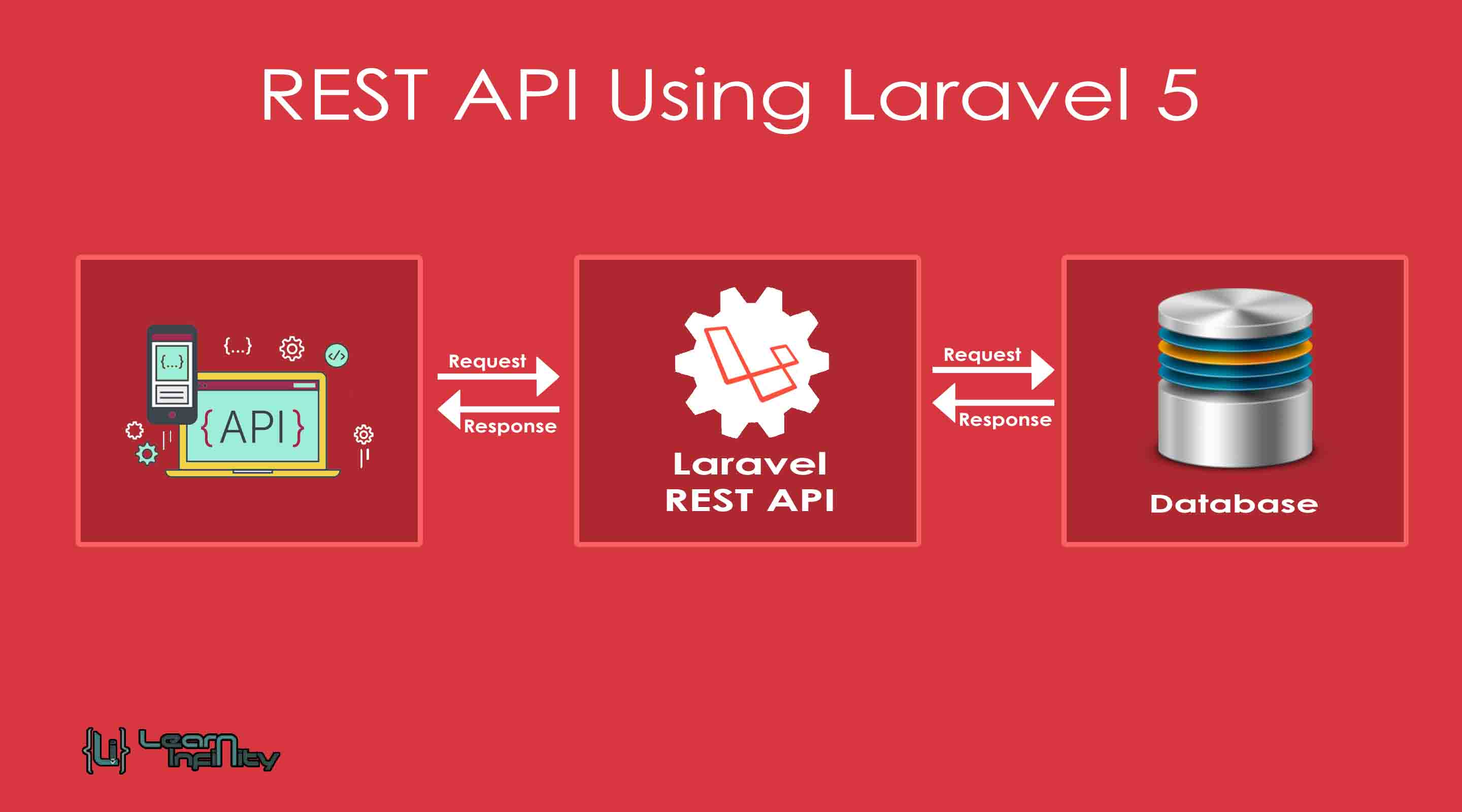
Flutter vs Ionic For Mobile App Development
What is Flutter?
Flutter is an open-source framework that functions with a language called Dart created by Google. It is commonly addressed as an enhanced UI toolkit that’s used to build cross-platform applications with a single codebase. It provides accessibility to develop expressive and flexible UI with native performance. Additionally, it is supported and contributed by a team of Google developers and the entire flutter community.
What is Ionic?
Ionic is an open-source UI toolkit that enables you to create hybrid cross-platform mobile applications. It uses Webview for mobile instead of using native device elements. The framework leverages familiar JavaScript codebases like vanilla JavaScript, Angular, React, or Vue.
Advantages of Ionic
Developer friendly. Because Ionic is built on standardized web technologies, web developers can build mobile apps. (Or even desktop apps or PWAs.) Frontend developers are the third largest group of all developer types.7 JavaScript is one of the most popular programming languages. This means it’s easy to find resources to create Ionic apps.
It’s flexible. Ionic is very flexible because it's built on standardized web technologies. This means it’s easy to customize the look and feel of an application with just HTML and CSS modifications.
One codebase, multiple apps. Ionic can build multiple apps from one codebase. An app developed on Ionic isn’t at the whim of a single platform vendor. When clients want a new app, they rarely want one for a single platform. There are 1.5 billion active Apple devices worldwide,8 and there are 2.5 billion active Android devices.9 Those are huge audiences, so having one codebase for multiple apps makes a lot of sense.
Tools with native compatibility. Ionic’s team offers a library of components and plugins including front-end building blocks, UI components, common app icons, and more. These plugins let developers connect to native APIs like Bluetooth, GPS, or a built-in camera without having to build custom integrations. A potential downside of this is that if there isn’t a plugin for something you want, you will have to create it.
Extensive choice of UI elements and quick prototyping. Ionic mimics the look and feel of a native application because of its UI components library. These components can be used as readymade elements to construct a graphic user interface, or can be customized. With web components, Ionic speeds up the process of developing UI logic and retaining native looks without extra costs.
What is Ionic App Development?
Ionic is an open-source UI software development kit for cross-platform app development. Ionic uses standardized web technologies like HTML, CSS, and JavaScript. Those familiar with web development can create apps and add them to an app store.
The first versions of Ionic were tightly coupled with Angular, a popular frontend framework used for building dynamic web pages and PWAs. Later versions use web components that pair with additional popular JavaScript frameworks, including Angular, React, or Vue. Developers can choose to forego a framework and build purely in JavaScript. Ionic is also backend agnostic, connecting to AWS, Azure, and Firebase.
Ionic was created in 2013. It is the world's most popular cross-platform mobile development technology stack. Since its creation, over five million apps have been developed using Ionic.3 Ionic modules are available via npm. It requires Node.js installed to function as part of a larger JavaScript ecosystem.


















Comments are Turned Off for Now